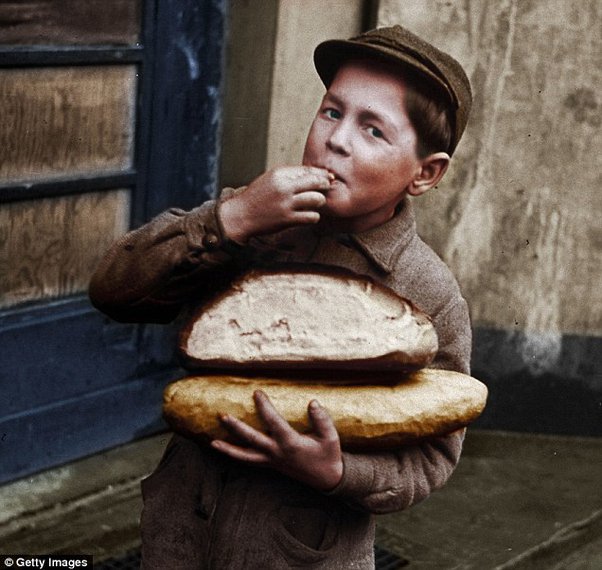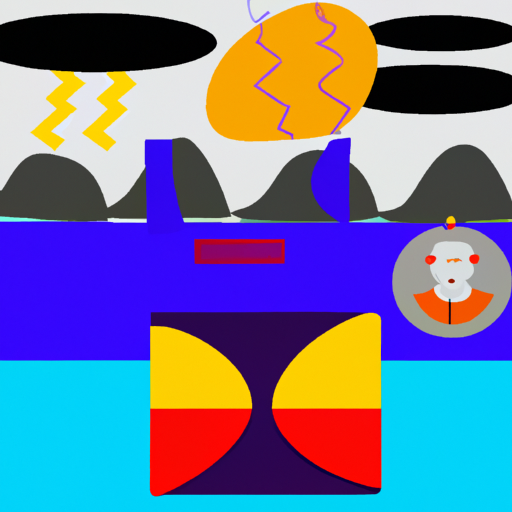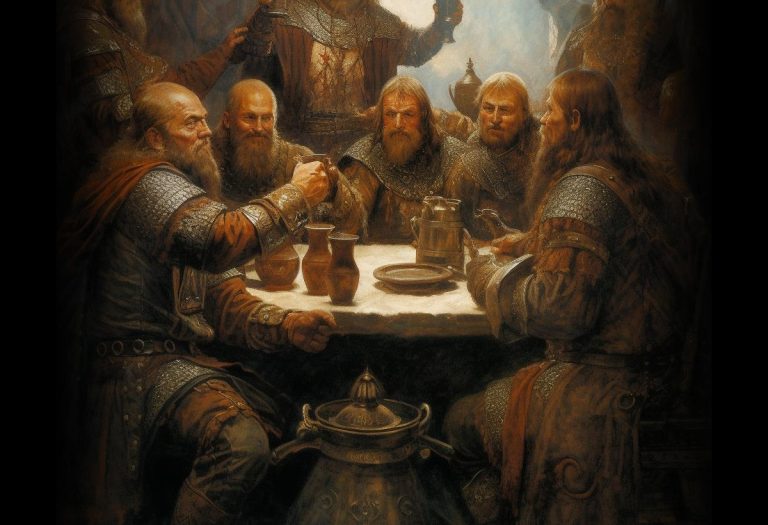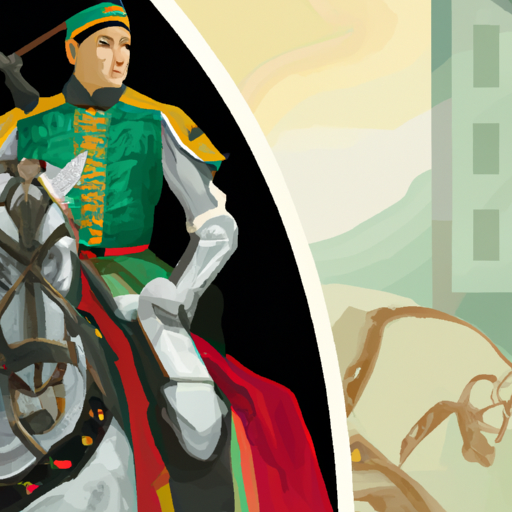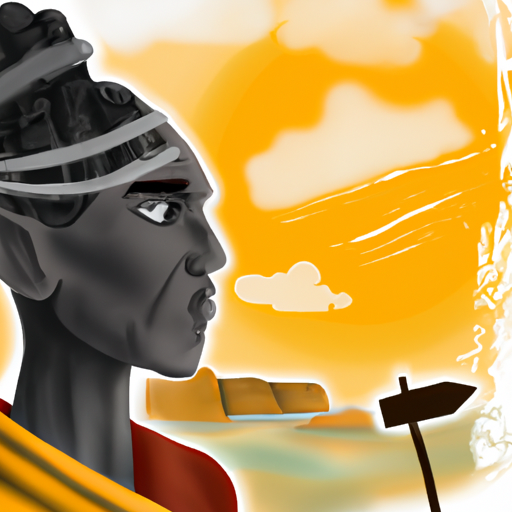Why did poor Victorians have so many children?
Poor Victorians, like other segments of society, had children for a variety of reasons. Factors contributing to larger family sizes included:
- Lack of Contraception: Effective birth control methods were limited in the Victorian era, particularly for those with fewer resources.
- Workforce: In poorer families, children were often expected to contribute to the family income by working, which made having more children advantageous.
- High Child Mortality: Poor Victorian families experienced high child mortality rates, and having more children was a way to ensure that some would survive into adulthood.
- Social and Religious Values: Victorian society placed a strong emphasis on the value of family, and religious beliefs often encouraged large families.
- Social Safety Net: The concept of social welfare was limited, and having children provided a form of social security for parents in their old age.
These factors combined to result in larger families among the poor in the Victorian era.
What toys did poor Victorians have?
Toys for poor Victorian children were often simpler and homemade due to limited resources. Common toys included:
- Dolls: Handmade cloth or wooden dolls.
- Marbles: Small, round balls used for playing various games.
- Whirligigs: Simple spinning toys made from wood and string.
- Homemade Games: Children often created their own games and toys from available materials, such as crafting paper dolls or using sticks for imaginative play.
- Outdoor Activities: Play often involved physical activities like hopscotch, skipping, or ball games in open spaces.
- Repurposed Items: Poor Victorian children were resourceful and sometimes turned everyday objects into toys, such as rolling hoops made from old wagon wheels.
How much did poor Victorians get paid?
Wages for poor Victorians varied depending on factors like age, occupation, and location. Many laboring-class workers earned very low wages, often just enough to cover basic necessities. Young children working in factories, for example, might earn a few shillings a week, while skilled or adult laborers could make slightly more. However, these earnings were meager by modern standards and often left little room for savings or discretionary spending.
What was the life expectancy in the Victorian era?
The life expectancy in the Victorian era varied widely due to factors like social class, location, and access to healthcare. On average, life expectancy at birth was lower than it is today. In the mid-19th century, life expectancy for those born in the UK was around 40 to 45 years. However, this average was significantly influenced by high infant and child mortality rates. Those who survived childhood had a much higher chance of living into their 60s or 70s. Life expectancy improved throughout the Victorian era, thanks to advancements in healthcare and sanitation.
What did Victorians do for fun?
Victorians engaged in a variety of leisure activities for fun and entertainment. These included:
- Reading: Reading novels, newspapers, and magazines was a popular pastime, with the Victorian era seeing a boom in literature.
- Music: Playing musical instruments, singing, and attending concerts and recitals were common forms of entertainment.
- Dancing: Ballroom dancing and country dances were enjoyed at social gatherings.
- Theater: Attending plays and performances at local theaters and music halls.
- Sports: Outdoor activities like cricket, croquet, and lawn tennis gained popularity. Horseback riding was also enjoyed.
- Parlor Games: Playing games and puzzles at home, such as charades and card games.
- Hobbies: Pursuing hobbies like gardening, painting, and photography.
- Parks and Promenades: Visiting parks and taking leisurely walks in well-maintained public areas.
- Seaside Vacations: Going on holidays to coastal towns and enjoying the beach.
- Social Calls: Making and receiving social visits with friends and acquaintances was a significant part of Victorian social life.
- Penny Dreadfuls: Reading inexpensive, sensational fiction known as “penny dreadfuls.”
The Victorian era was marked by a variety of leisure pursuits, reflecting the diverse interests and social dynamics of the time.
